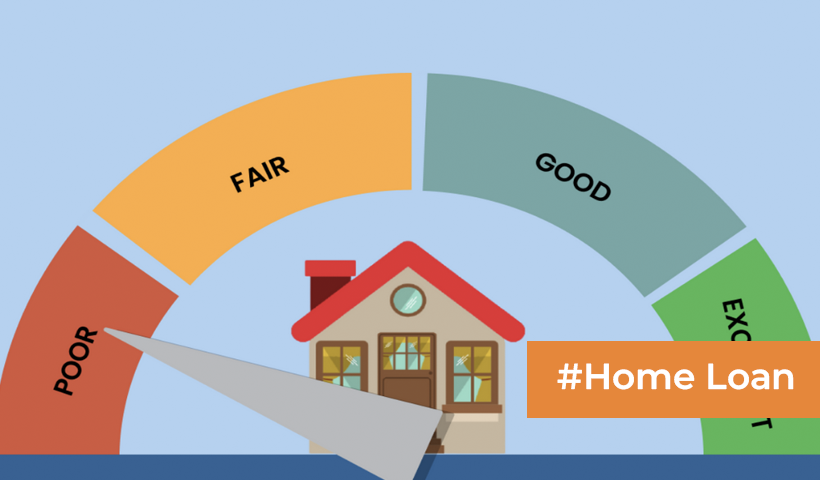Home Loan Tenure: Finding the Ideal Repayment Period
Securing a home loan is a significant milestone in the journey to homeownership, and one crucial decision borrowers face is determining the ideal loan tenure. The tenure, or the duration for repaying the loan, plays a pivotal role in shaping the financial landscape of the borrower. In this comprehensive guide, we will explore the factors influencing the choice of an ideal home loan tenure, drawing insights from the latest Indian news and sources. Additionally, we’ll touch upon the relevance of rent receipt formats in the context of managing home loan repayments.
Understanding Home Loan Tenure:
The home loan tenure is the period over which borrowers agree to repay the borrowed amount along with interest. Home loan tenures typically range from a few years to several decades, and the choice of tenure significantly impacts monthly EMIs, overall interest outgo, and the financial stability of the borrower.
Factors Influencing Home Loan Tenure:
- Affordability: The borrower’s financial capacity to repay the loan is a primary consideration. A longer tenure reduces the monthly EMI but may lead to higher overall interest payments. Balancing affordability with long-term financial goals is crucial.
- Income Stability: The stability of the borrower’s income is a key factor. Individuals with a stable income may opt for a shorter tenure to repay the loan quickly, while those with variable incomes might prefer a longer tenure for flexibility.
- Age of the Borrower: The age of the borrower at the time of availing the loan is a significant determinant. Younger borrowers may opt for longer tenures, while those closer to retirement might prefer shorter tenures to clear the debt before retirement.
- Life Stage and Goals: Consideration of life stages and financial goals is vital. Borrowers with educational expenses, marriage plans, or other financial commitments might opt for a tenure that aligns with their overall financial plan.
- Interest Rates: The prevailing interest rates influence the cost of borrowing. Higher interest rates may prompt borrowers to opt for shorter tenures to minimize interest payments, while lower rates might encourage longer tenures for lower EMIs.
- Tax Implications: Tax benefits on home loan repayments can influence tenure decisions. Borrowers often consider the impact of tax deductions on both principal and interest payments while deciding on the ideal tenure.
- Prepayment Options: Some borrowers prefer flexibility and opt for loans with prepayment options. In such cases, the tenure can be shortened by making periodic prepayments when there are surplus funds available.
Recent Trends and News in Home Loan Tenures:
Recent news in the Indian real estate and finance sectors highlights evolving trends in home loan tenures. Financial institutions are introducing innovative home loan products with flexible tenure options to cater to diverse borrower needs. Additionally, there is increased awareness about the impact of interest rate changes on the overall cost of home ownership, influencing tenure decisions.
Experts suggest that borrowers should stay informed about market trends and regularly reassess their loan tenures in light of changing financial circumstances and external factors.
Relevance of Rent Receipt Format in Home Loan Repayments:
While the focus is often on the ideal home loan tenure, the importance of rent receipt formats comes into play for those who choose to rent their property. Many individuals utilize rental income to supplement their finances and manage home loan repayments. Having a proper rent receipt format is essential for both landlords and tenants to maintain transparent financial records.
A well-structured rent receipt should include:
- Landlord and Tenant Information: Clearly state the names and contact details of both the landlord and the tenant.
- Property Details: Include the address and specific details of the rented property.
- Rent Amount and Duration: Clearly mention the monthly rent amount and the duration it covers. This ensures clarity regarding the payment cycle.
- Mode of Payment: Specify the mode of payment, whether it’s cash, check, bank transfer, or any other agreed-upon method.
- Receipt Number and Date: Assign a unique receipt number to each transaction and include the date of issue.
- Acknowledgment: Include a brief acknowledgment statement confirming the receipt of the specified rent amount.
- Signatures: Both the landlord and the tenant should sign the rent receipt to acknowledge the transaction.
In recent news, there has been increased scrutiny on the documentation of rental income, with tax authorities emphasizing the importance of accurate rent receipts for tax filing purposes. Ensuring compliance with rent receipt regulations is crucial for both landlords and tenants to avoid legal complications.
Conclusion:
Determining the ideal home loan tenure is a nuanced decision that requires a careful assessment of various factors. Borrowers should align their tenure choices with their financial goals, life stages, and income stability. Staying informed about market trends and reassessing loan tenures periodically ensures borrowers adapt to changing circumstances.
Additionally, the relevance of a proper rent receipt format cannot be overstated. Whether renting out property for supplemental income or as a tenant fulfilling financial commitments, maintaining accurate and transparent records through rent receipts is essential.
As the real estate and financial landscapes continue to evolve, borrowers should leverage the latest information and trends to make informed decisions that align with their long-term financial well-being.
Disclaimer: The views expressed above are for informational purposes only based on industry reports and related news stories. PropertyPistol does not guarantee the accuracy, completeness, or reliability of the information and shall not be held responsible for any action taken based on the published information.




